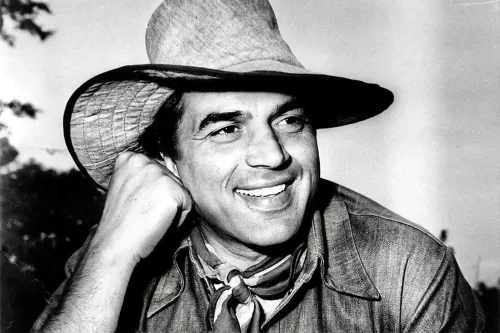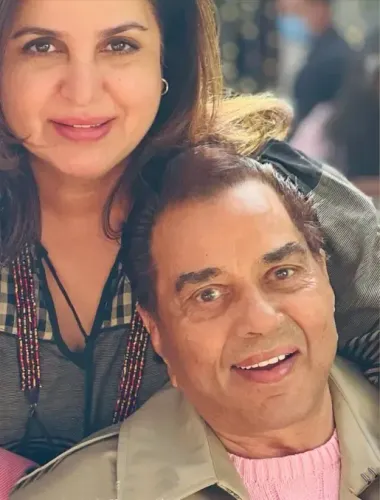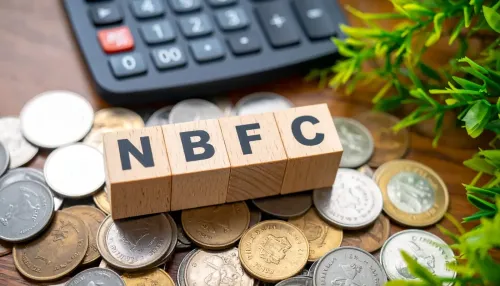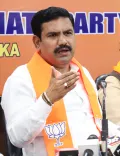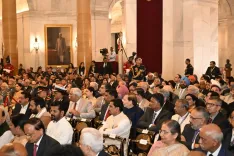Will Mumbai Become a 'Traffic-Free Underworld' with New Infrastructure?
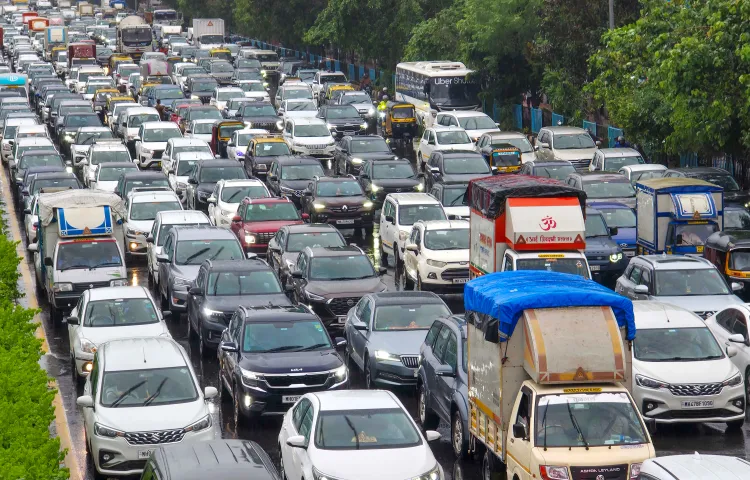
Synopsis
Key Takeaways
- The Mumbai traffic-free initiative aims for completion in three years.
- A network of underground tunnels will be constructed.
- Parallel roads will allow for higher travel speeds.
- Key tunnels are planned to improve east-west connectivity.
- The project is expected to significantly alleviate traffic congestion.
Mumbai, Nov 24 (NationPress) Maharashtra Chief Minister Devendra Fadnavis revealed an extensive initiative on Monday aimed at transforming Mumbai into a "traffic-free" metropolis within three years by constructing a series of underground tunnels and alternative roadways.
During a Bharatiya Janata Party 'Youth Connect' event, the Chief Minister referred to the proposed underground road system as 'pataal lok' (underworld), emphasizing its potential to permanently alleviate commuter congestion.
According to Fadnavis, the government is committed to implementing a city-wide network of tunnels and parallel routes that will ease the burden on constantly congested streets. He confirmed that these underground corridors will eventually eliminate persistent traffic jams in the forthcoming years.
The Chief Minister highlighted that around 60 percent of Mumbai's traffic is currently concentrated on the Western Express Highway, and addressing this issue is crucial for any effective solution.
To tackle this, new parallel roads are being constructed, featuring corridors designed to allow vehicle speeds of up to 80 km/h, significantly reducing traffic bottlenecks compared to the current average speed of 20 km/h, which plummets to 15 km/h during peak hours.
Fadnavis mentioned that an underground tunnel is already under construction between Thane and Borivali, with plans for another tunnel connecting Mulund to Goregaon to enhance east-west connectivity in the city.
“A new parallel road is being developed alongside the Western Express Highway from Borivali to Goregaon, while a bridge between Worli and Sewri is underway to link directly to the Atal Setu, facilitating access from the suburbs to the new Navi Mumbai International Airport via the coastal route,” he noted.
On the eastern side, the CM shared that a tunnel is being constructed from the endpoint of the Eastern Freeway, with a target completion within three years. “This underground segment will extend to Girgaum Chowpatty and is anticipated to significantly reduce congestion in south Mumbai,” he added.
Furthermore, another tunnel is being developed from the Bandra-Worli Sea Link toward the Bandra-Kurla Complex (BKC), extending up to the airport to alleviate traffic, reducing travel time from south Mumbai to the airport to roughly 20 minutes,” he asserted.
This ambitious infrastructure initiative aims to reshape Mumbai's transportation landscape and provide long-term relief from the city's notorious traffic issues within the next three years, as stated by the Chief Minister.


